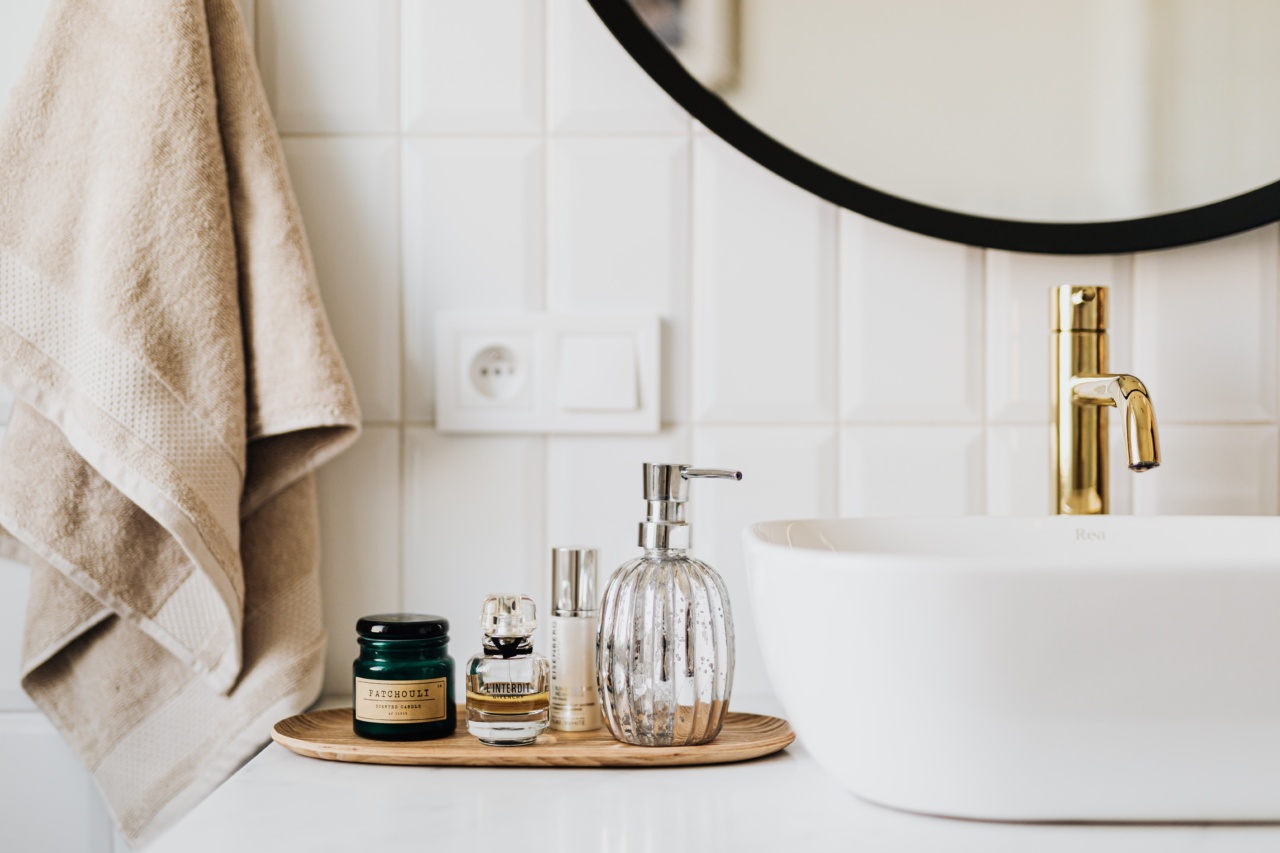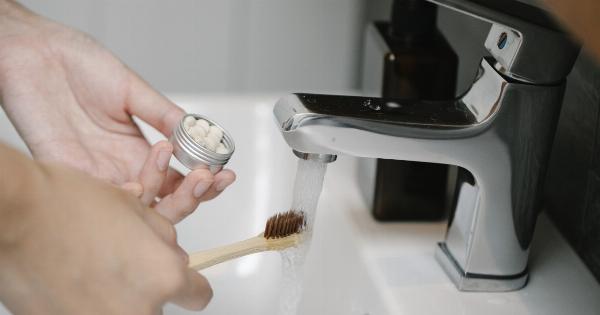Edema is a condition characterized by the accumulation of fluid in the body’s tissues, which leads to swelling and discomfort.
While edema can be caused by various medical conditions such as heart disease, kidney problems, or hormonal changes, it is often a result of poor circulation or excessive fluid retention. Fortunately, there are several simple home remedies that can help alleviate the symptoms of edema and promote overall well-being.
1. Stay Hydrated
One of the simplest ways to combat edema is by staying properly hydrated. When your body is dehydrated, it tends to retain more water as a defense mechanism.
By drinking an adequate amount of water throughout the day, you can help flush out excess fluids and reduce swelling. Aim for at least eight glasses of water a day, or more if you engage in strenuous physical activity or live in a hot climate.
2. Watch Your Sodium Intake
Excess sodium consumption can contribute to fluid retention and worsen edema symptoms. Be mindful of your sodium intake by avoiding processed foods, which are often high in salt.
Instead, opt for fresh fruits and vegetables, lean proteins, and whole grains. Additionally, season your meals with herbs and spices rather than relying on table salt for flavor.
3. Elevate Your Legs
When edema affects the legs and feet, elevating them can promote fluid drainage and reduce swelling. Lie down on a comfortable surface and prop your legs up on pillows, ensuring that they are positioned above your heart level.
This simple remedy can be especially beneficial after a long day of standing or sitting, as it helps improve circulation in the lower extremities.
4. Engage in Regular Exercise
Physical activity is crucial for maintaining healthy circulation and reducing fluid buildup. Incorporate regular exercise into your routine to alleviate edema symptoms.
Low-impact activities such as walking, swimming, or cycling can effectively stimulate blood flow and prevent fluid retention. Start with short sessions and gradually increase the duration and intensity of your workouts.
5. Wear Compression Garments
Compression garments, such as socks or stockings, can provide gentle pressure on the affected areas and promote fluid movement. These specialized garments help prevent fluid buildup and reduce swelling.
Consult with a healthcare professional to determine which type and level of compression is suitable for you.
6. Massage the Affected Areas
Gentle massage can help stimulate lymphatic flow and reduce swelling in edema-prone areas. Use your fingertips to apply light pressure in circular motions, starting from the extremities and moving towards the heart.
Massage therapy can help break up the accumulated fluids and promote better circulation. Consider seeking professional help from a licensed masseuse or physiotherapist for more targeted treatment.
7. Try Herbal Remedies
Several herbal remedies have diuretic properties that can aid in flushing out excess fluids from the body. These include dandelion, parsley, nettle leaf, and corn silk.
However, it’s important to consult with a healthcare professional or herbalist before incorporating any herbs into your routine, especially if you have any underlying medical conditions or take medications.
8. Maintain a Healthy Weight
Excess body weight can put more stress on your circulatory system and lead to fluid retention. Maintaining a healthy weight through a balanced diet and regular exercise can significantly reduce the risk and severity of edema.
Focus on consuming nutrient-dense foods and avoid crash diets or extreme weight loss methods, as they can worsen fluid retention.
9. Limit Alcohol Consumption
Alcohol can interfere with your body’s fluid balance and exacerbate edema symptoms. Limit your alcohol intake or avoid it altogether to prevent fluid retention and promote better overall health.
10. Practice Stress Management
Chronic stress can contribute to hormonal imbalances and poor circulation, both of which can worsen edema. Incorporate stress management techniques into your daily routine, such as meditation, deep breathing exercises, or yoga.
These practices can help promote relaxation and improve blood flow, reducing the risk of fluid accumulation.































